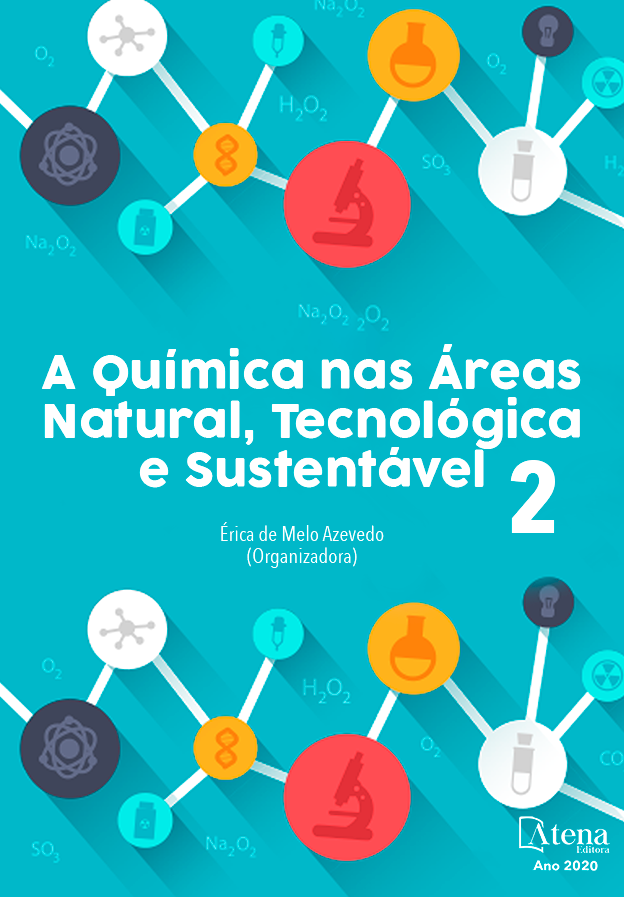
ESTUDO DA AÇÃO COMPETITIVA ENTRE CROMO E COBRE NA REAÇÃO DE COMPLEXAÇÃO UTILIZANDO EXTRATO DE MANJERICÃO COMO COMPLEXANTE ORGÂNICO.
As condições de melhorias e conservação do meio ambiente planetário, exigem que os métodos analíticos atendam a parâmetros norteados pela Química verde. Neste contexto, realizou-se a extração por solvente, em folhas de manjericão visando obter um extrato orgânico. O material obtido foi utilizado num estudo de complexação com metais para uma futura determinação dos mesmos. Os estudos preliminares evidenciaram a possibilidade determinativa para cromo e cobre, e desta forma, decidiu-se por ensaios mais refinados desses metais. Constatou-se com esses experimentos que existe um grau de competitividade entre os metais, e que o extrato pode ser utilizado de modo a determinar qualitativamente Cromo e Cobre, entretanto as amostras investigadas, não devem conter Ferro, pois este elemento causa interferência. Na ausência de Ferro pôde-se concluir que o extrato obtido, identifica o cromo preferencialmente, em relação ao cobre, e por colorimetria constata-se a presença de cobre pela formação de um complexo na cor verde, e o cromo um de cor cinza esverdeado.
ESTUDO DA AÇÃO COMPETITIVA ENTRE CROMO E COBRE NA REAÇÃO DE COMPLEXAÇÃO UTILIZANDO EXTRATO DE MANJERICÃO COMO COMPLEXANTE ORGÂNICO.
-
DOI: 10.22533/at.ed.86620190612
-
Palavras-chave: Química Verde, Cromo, Manjericão.
-
Keywords: Green Chemistry, Chromium, Basil.
-
Abstract:
The conditions of improvement and conservation of the planetary environment require that analytical methods meet parameters guided by green chemistry. In this context, the extraction by solvent was carried out in basil leaves in order to obtain an organic extract. The material obtained was used in a metal complexation study for a future determination of the same. Preliminary studies showed the determining possibility for chromium and copper, and thus it was decided by more refined tests of these metals. It was found with these experiments that there is a degree of competitiveness among metals, and that the extract can be used in order to qualitatively determine Chromium and Copper, however the samples investigated should not contain Iron, because this element causes interference. In the absence of Iron it was possible to conclude that the extract obtained, identifies chromium preferably, in relation to copper, and by colorimetry it is observed the presence of copper by the formation of a complex in green color, and chromium one of greenish gray color.
-
Número de páginas: 9
- Alex Magalhães de Almeida
- Alexandre Mendes Muchon


